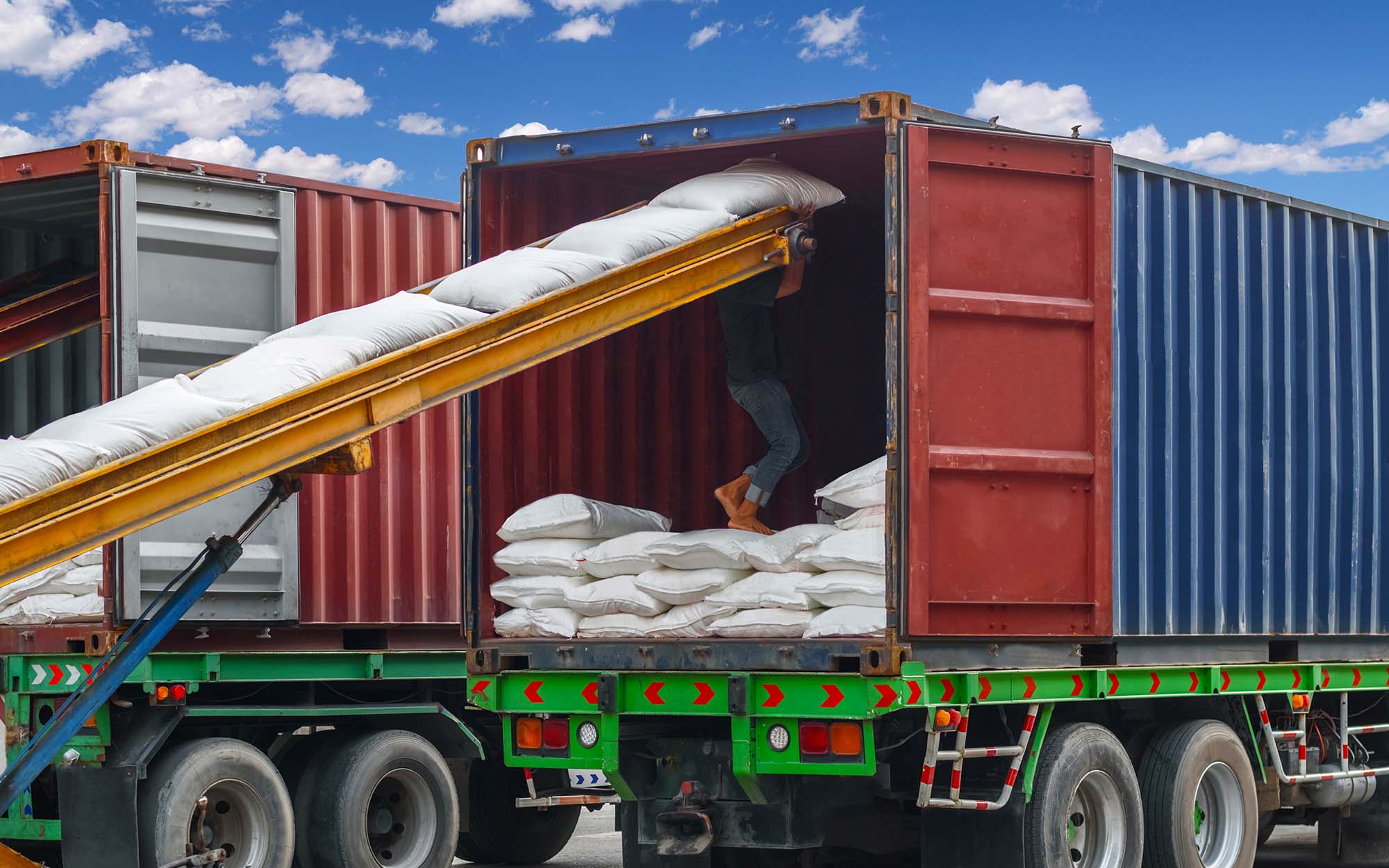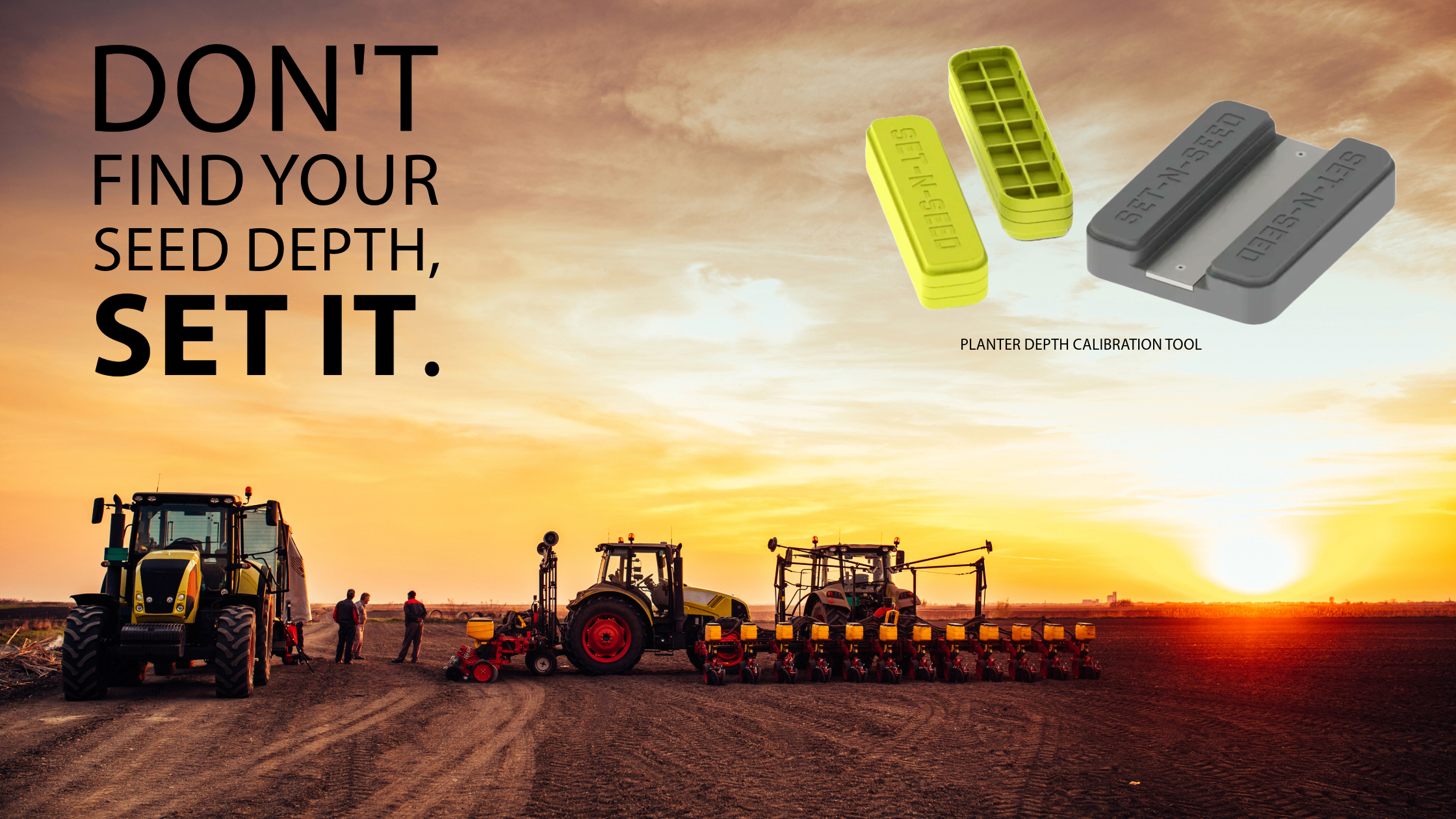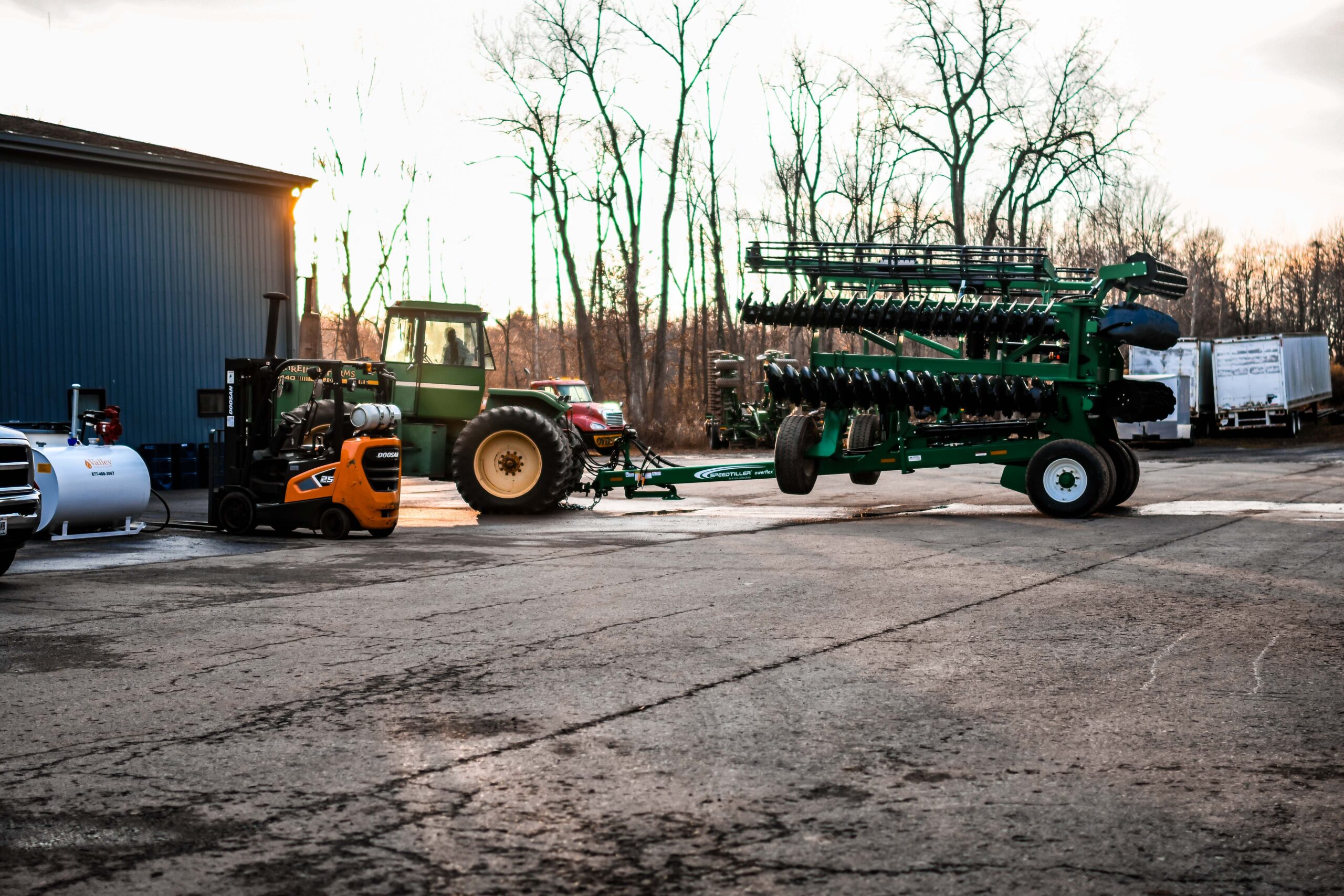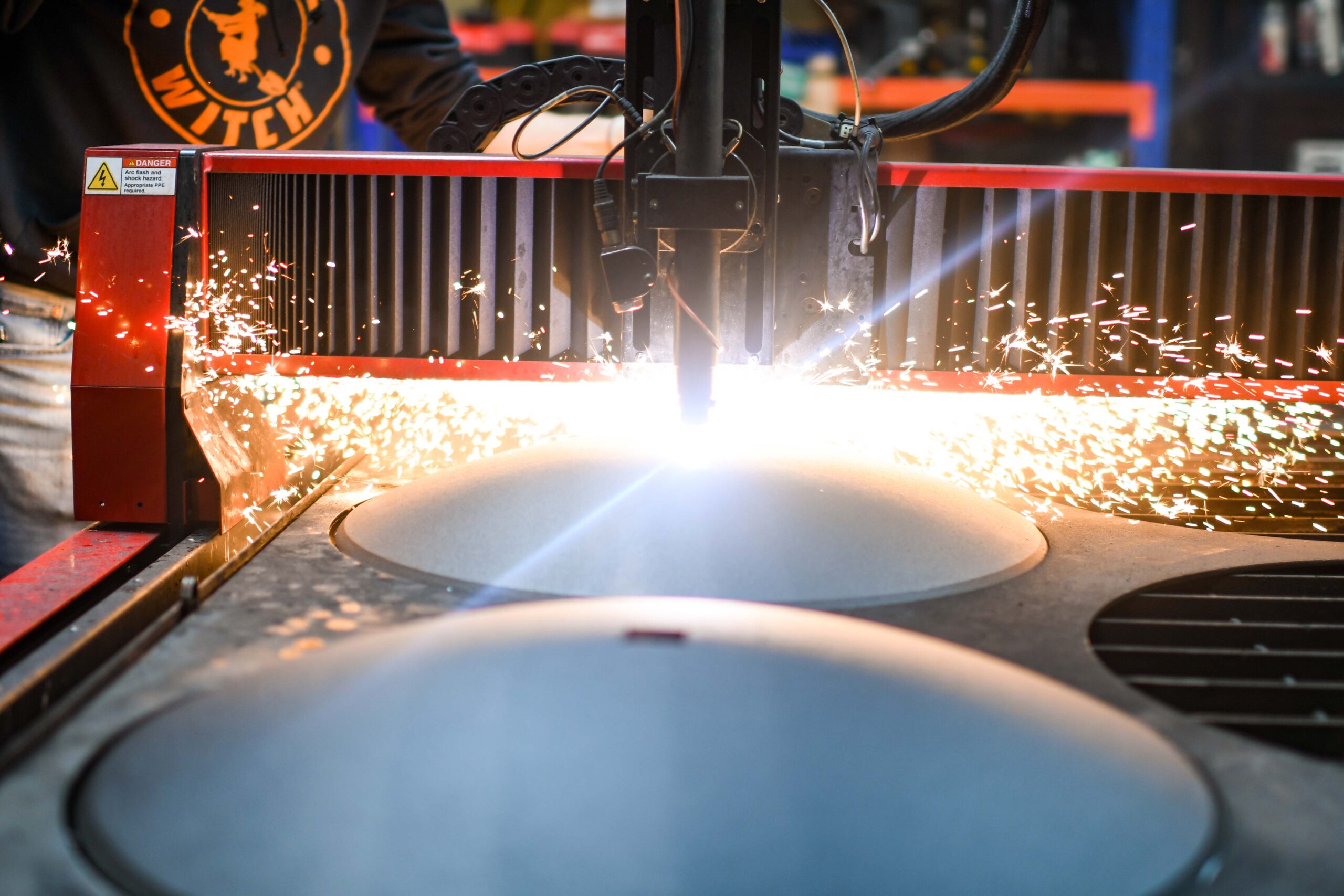
What Is the Agriculture Supply Chain?
It takes an intricate process to get food from the farm to your table.
What Is the Agriculture Supply Chain?
The agricultural food chain includes all people and organizations involved in producing and processing food. This includes processing, packaging, selling, storing, trading, distribution, and consumption.
What Are the Stages of the Agriculture Supply Chain?
There are five main stages in the agriculture supply chain and each stage moves food closer to its final destination: the table.
1. Primary Production
The food supply chain starts with agricultural food producers, like farmers who grow crops, fish, and animals. In this stage, food in its raw form is harvested, handled, and stored specifically to prepare it for the next stage. For instance, grain might be washed and bananas and avocados will be harvested while still green since they ripen off the tree.
2. Food Processing
The second stage involves processing and packaging raw ingredients either for direct consumption or for manufacturers to use in final products. This can include packaging raw grains or nuts in bulk, or preparing fish by cleaning them and packaging the raw fish for manufacturers to cook and include in prepared meals.
Processing foods can be anywhere from non-existent (like packaging raw seeds) to minimal or extensive. For instance, minimally processed food might include bleached flour, while ultra-processed food might include a can of pre-cooked chili or ready-to-eat sandwiches.
Waste Processing
When food is processed, there’s inevitably going to be waste produced. However, sometimes this waste can be used. For instance, fish by-products that aren’t normally consumed (like eyeballs and internal organs) are often sold as raw materials to other manufacturers who will use everything to create fish sauces and oils for human consumption. They’ll also use some of these by-products to produce fish food, bait, fertilizer, and even pet food.
3. Food Distribution
Food distributors move food across communities, cities, states, and across the world after it’s been processed for consumption. An efficient food distribution system needs a good network of infrastructure to get food where it needs to be and on time. Along the way, this process can include delivering food to various warehouses, grocery stores, restaurants, and even private homes.
4. Retail Sales
The basic food markets are wholesalers, retailers, and food service businesses. Wholesalers buy food in bulk and repackage it in smaller amounts to sell to retailers and food service businesses. Sometimes these smaller packages are exported globally.
Retailers provide smaller packages of food for consumers in their stores, either online or in person. These are usually supermarket chains or other retailers with food departments.
Food service companies are usually restaurants or fast food chains that use packaged ingredients to create meals sold or served to customers.
5. Consumption
Consumers are the end of the food supply chain and they buy food in a variety of ways. For instance, they often buy bulk items from club stores, or they buy smaller packages and ready-made meals. Many consumers buy fresh food from local farmers markets and make their own meals. Either way, consumers are the ultimate end of the entire agriculture supply chain.
Why the Agricultural Food Supply Chain Matters
Consumers expect their favorite brands to produce high-quality, safe food products and a well-run supply chain from farm to table is the only way to meet these expectations. However, there are a range of challenges that can disrupt the agriculture supply chain.
Challenges Facing the Agriculture Supply Chain
As the supply chain grows and evolves, there are several agriculture logistics challenges that must be met. The biggest challenges are recalls and more complex industry regulations. Food produced in the United States is subject to extremely detailed and specific regulatory requirements to ensure it’s safe for human consumption. However, not all regulations pertain to food safety..
Recalls
Maintaining proper food safety is critical throughout the entire agriculture supply chain, but sometimes accidents happen and food needs to be recalled. Unfortunately, anytime food is recalled, it has a negative impact on the supply chain. Not only is the food wasted, but manufacturers need to replace it to make their next batch of food products.
Hopefully, manufacturers already have enough raw food materials on hand, but sometimes they don’t and there is a production delay. This can lead to temporary shortages on the grocery store shelves.
Inconvenient Regulations
Sometimes regulations are more abstract, like the Electronic Logging Device (ELD) mandate that requires food delivery workers to log their driving hours. This makes food more expensive and makes the job more difficult. There are plenty of other laws that make processing and delivering food a challenge.
Communication Difficulties
Communication breakdowns within the agricultural supply chain exist and they can be problematic. The main issue is that each supplier uses a different logistics system and their software isn’t integrated with everyone else’s software.
Sometimes, because of data privacy laws, integrations aren’t possible. This makes communication difficult between suppliers, which can cause delivery delays, spoilage, and contamination.
Rising Demand
Demand usually fluctuates, but in the last few years, demand has been steadily rising. Grocery stores have been struggling to keep up with consumer demand and have had to work to streamline their workflows to maintain stocked shelves.
Accidents Happen
Some accidents can’t be predicted, but others can. When it comes to the food shortages seen during the COVID-19 pandemic, the shortages weren’t exactly predictable. Panic buying is partially responsible for the shortages, although there were several major disruptions to the supply chain that were unpredictable. For instance, cargo ships were left anchored at sea, unable to dock and unload for long periods of time.
Supply Chain Management Is Critical
The entire agricultural food supply chain is an intricate system that must be maintained at all points along the way to stay running smoothly. Any issues at any point, and the whole chain can break.
There is no global solution, so it’s up to food manufacturers to come up with their own solutions for maintaining food safety and meeting all regulations while staying productive.








